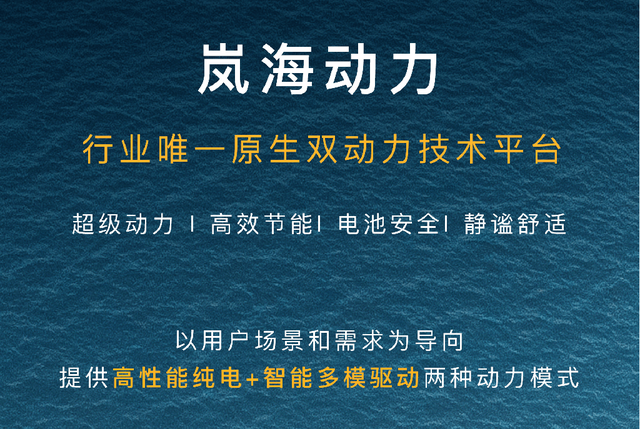Author: Yan He
New energy vehicles are not really new things nowadays. In most people’s minds, they are just another name for pure electric vehicles. After all, pure electric vehicles account for a large proportion of new energy vehicles.
Now, new energy vehicles are gradually replacing fuel engines. Want to make the development of the automotive industry return to the starting point, and just want to change the position of fuel vehicles in the public’s mind by changing the internal combustion engine and transmission? It seems unlikely. Perhaps it is possible to make vehicles more energy-efficient, faster, and go further.
There are countless well-made new energy power systems in China, such as the Hongqi FME1.0 pure electric platform system, BYD’s integrated intelligent drive system, GAC Aion’s “three-in-one” electric drive system, and Ideal’s extended-range electric system, etc. However, using new power in the Lun Tu Dreamer MPV model is quite novel.
At yesterday’s online launch event of Lun Tu Automotive, Lun Tu CEO Lu Fangfang said, “Even Autohome and DCar have not been able to define our cars.” This seemingly normal sentence is actually a confidence in their own “Lanhai technology.”
Unlike traditional vehicles, the most core technology of new energy is the “three-electric” system, namely battery, motor, and electronic control. The battery is the “heart” of new energy vehicles and generally accounts for 40% of the cost of the whole vehicle. However, the attention given to motors and electronic control in terms of performance is relatively less.
As the only native dual-power technology platform in the industry, Lan Hai Power was born in the ESSA high-end intelligent electric architecture, with four major advantages of super power, high-efficiency energy-saving, battery safety, and quiet comfort. It covers two types of power solutions: high-performance pure electric and intelligent multi-mode drive, and is a new species of dual-power intelligent drive.
This dual-drive power can be simply understood as high-performance pure electric drive, named “Zero Carbon Version”, which is equipped with a four-wheel drive system with front and rear dual motors, capable of outputting a maximum power of 320kW, a peak torque of 620N·m, and a zero to one hundred acceleration time of 5.8 seconds, matching an 82kWh battery, and a maximum range of 475km according to the CLTC standard.
Intelligent multi-mode drive can be regarded as an advanced plug-in hybrid system, divided into “pure electric mode,” “engine-driven mode,” and “hybrid mode” as a multi-mode drive extender.
注: CLTC最高续航指的是在中国电动汽车百行标准下的最高行驶里程。- Pure electric mode: suitable for urban driving.
- Engine direct drive mode: suitable for high-speed driving.
- Hybrid drive mode: for overtaking, rapid acceleration, low-temperature cold start, etc.
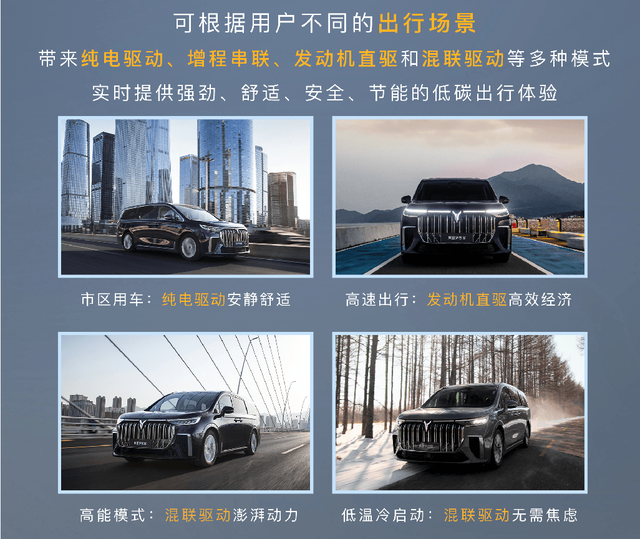
When the vehicle speed is higher than 70 km/h, the engine will directly intervene in the direct drive mode to promote a 20% reduction in high-speed energy consumption, reduce cruise speed, and improve NVH performance. When strong power is needed for a task, the engine will work with the electric motor to achieve the hybrid drive mode and complete the overtaking step. When the vehicle speed is lower than 70 km/h, the vehicle will use the extended and pure electric driving modes to achieve energy-saving and quiet effects.
Of course, “Lanhai Power” intelligent multi-mode system relies on the support of the engine and the drive motor. So, how much horsepower is needed for the drive motor to have the ability to accelerate as fast as a pure electric car?
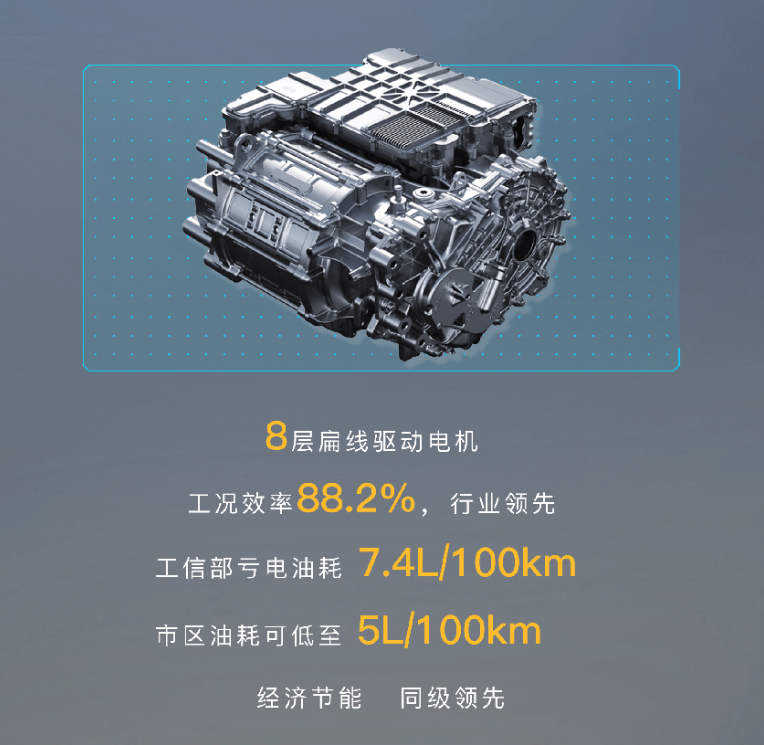
The 1.5T GDI engine in “Lanhai Power” is equipped with an 8-layer flat wire drive coil mechanism with a larger cross-sectional area and shorter length. Generally, traditional flat wire wound motors use a structure of 2 layers per group and two groups of 4 layers arranged from top to bottom.
Under the condition of high-speed rotation of the motor, the alternating current of the motor winding will become higher and higher, which will cause a very obvious “skin effect” and ultimately cause an increase in resistance and a decrease in power loss. In this way, the 8-layer flat wire drive can reduce resistance and energy loss, the thermal power reaches 41.07%, the highest efficiency is >95%, and the operating power of the motor reaches 88.2%.
With this intelligent multi-mode system combination, users of LanTu Dream can achieve a maximum output power of 290 kW, and a comprehensive peak torque of 610 N·m. During high-speed driving, the maximum cruising speed is set at 150 km/h, the WLTC cruising range is 750 km, and the fuel consumption is 7.4 L/100 km according to Ministry of Industry and Information Technology standards.
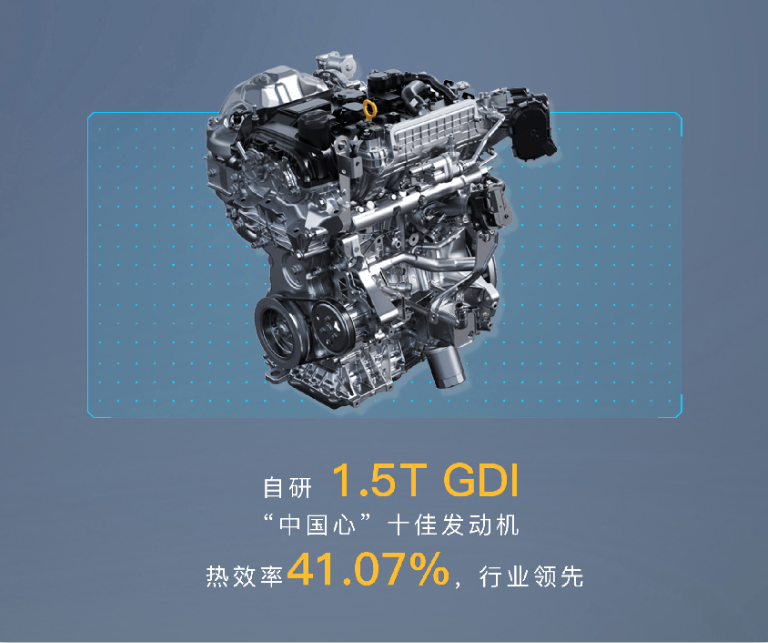
In addition to energy saving and high efficiency, the battery technology of “Lanhai Power” is also a focus of concern.
Multiple protection is one of the means of battery protection by major manufacturers. How far does Lanhai Power’s full-scenario multiple protection go?
Firstly, regarding the battery pack itself, LanTu Dream uses a double-layer sealing process and an IP69 dustproof design, so there is no need to worry about water damage even in heavy rain.## Secondly, speaking of the use of the groundbreaking 1500MPa hot-formed high-strength bottom armor, perhaps many people do not understand that it can withstand a compression force of nearly 20 tons, which can increase the safety of the battery at the physical level.
Because the total weight of the low-carbon Dream Weaver is 2540kg, heavier than the Mercedes-Benz V-Class 2400kg, only the 25.57kg battery pack with a range of 82km can bear the weight of the vehicle and ensure its safety.
Thus, the incorporation of cloud-based BMS technology allows the battery to be safely monitored around the clock, providing PDD millisecond-level active thermal runaway cutoffs to eliminate safety hazards at the software level.
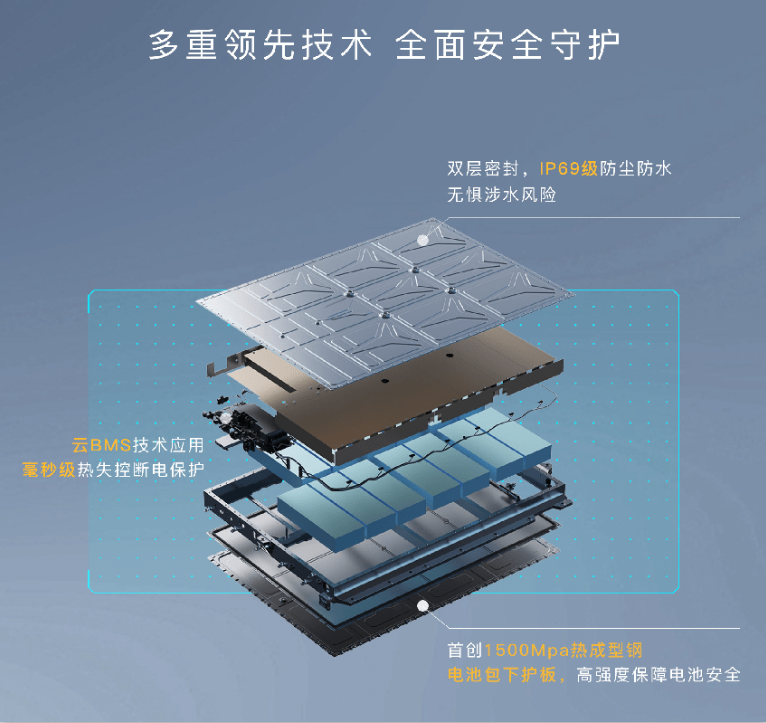
Moreover, the quietness of the vehicle is not only reflected in the materials themselves, but also in the noise reduction technology of the motor.
Official information about the electric motor of Langtu Dream Weaver mentions its ultra-quiet performance, with PWM noise optimization, electromagnetic optimization, and harmonic injection achieving industry-leading NVH performance. In addition, there are as many as 80 sound insulation and noise reduction designs contributing to the silence effects provided by the electric motor, making Langtu Dream Weaver quieter than ultra-luxury executive sedans with deep-sea-level soundproofing.
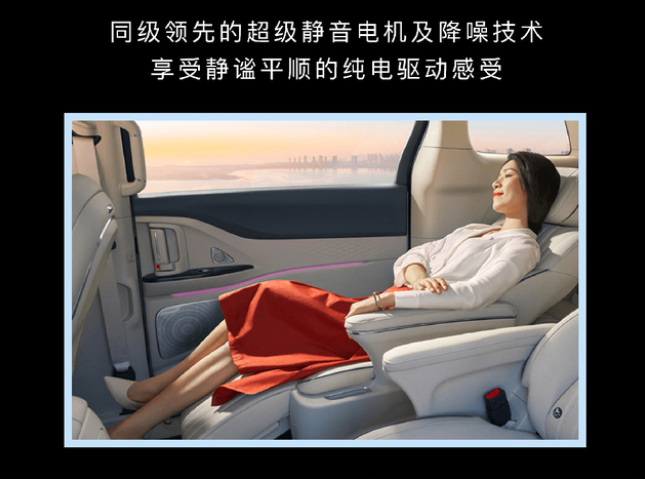
In our opinion, as an important part of the user experience of Dream Weaver, Lanhai power technology has brought the idea of lower cost and more fuel efficiency to consumers.
When internal combustion engines and gearboxes are abandoned, the technological barriers established by all major car manufacturers are no longer insurmountable obstacles, but rather the best opportunity for China to reverse the automotive industry landscape.
Power system technology caters to the low-carbonization of the automotive industry, and the development of new energy has become an inevitable trend. The quietness of the vehicle is the most important factor in the user driving experience. Future innovation in automotive power technology is both about technical superiority and safety.
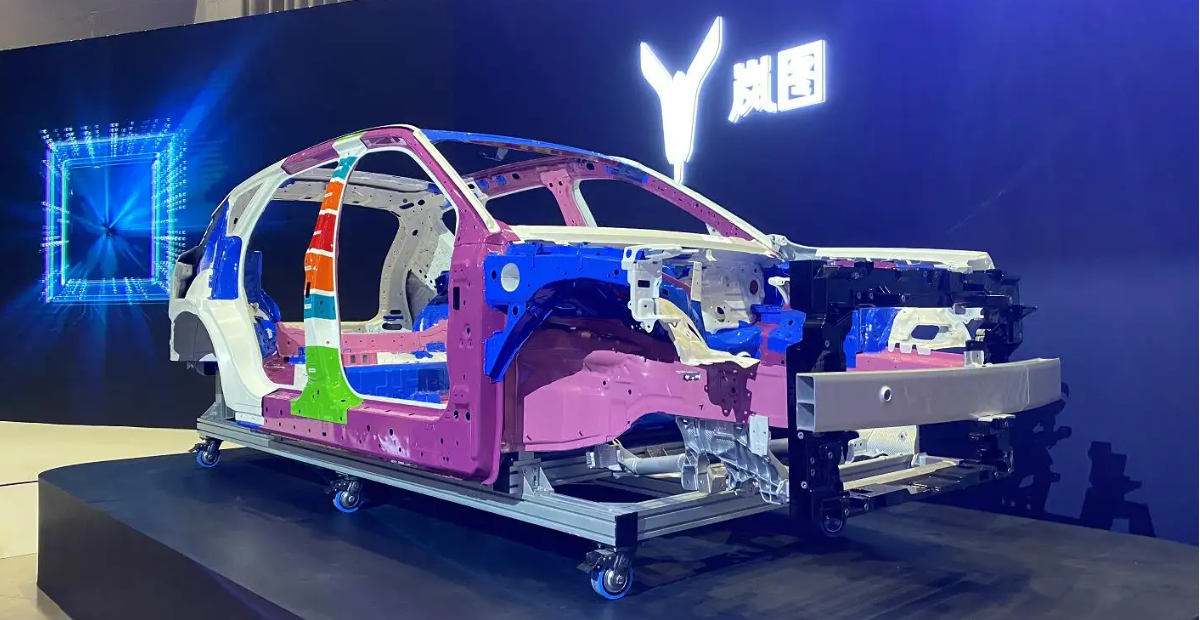
In this aspect, Lanhai power technology provides four major benefits: super power, high efficiency, battery safety, and quiet comfort, making Langtu Dream Weaver a great help in becoming an excellent MPV.
This article is a translation by ChatGPT of a Chinese report from 42HOW. If you have any questions about it, please email bd@42how.com.
